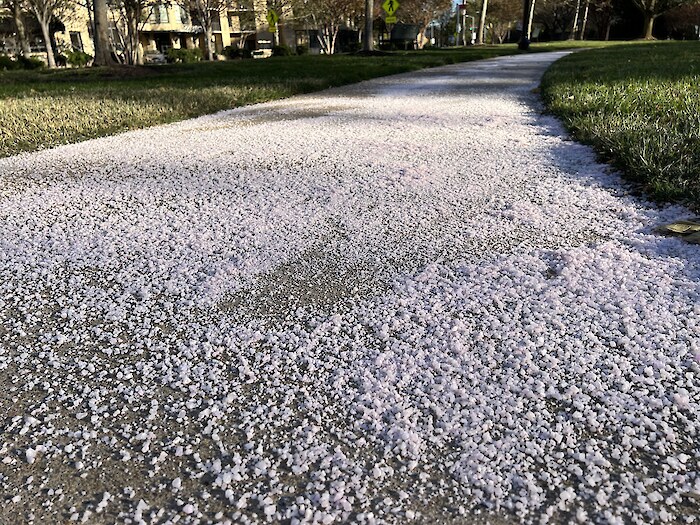
Conductivity is a widely used, general measure of water quality. While natural conditions (e.g., underlying geology and temperature) affect conductivity levels, changes in conductivity can indicate water pollution and higher conductivity values generally associated with poorer water quality.
How is it measured?
Conductivity is measured as the electric current that passes between electrodes placed in water. Water with more ions in it conducts more electricity, resulting in higher values. Regions were only scored if they contained at least 120 observations and had good spatial coverage. Each sample was compared to the thresholds and the sample score was calculated. Sample scores were then averaged to the region level.
Data from 2017-2022 was used for the 2025 report card.
Threshold levels
Because rivers and streams have a natural background conductivity level, which is strongly influenced by underlying geology, scoring thresholds vary depending on the ecoregion from which the sample was taken.
| Score | Piedmont ecogregions thresholds (µsiemens cm-1) | Ridges ecoregion thresholds (µsiemens cm-1) | Valleys ecoregion thresholds (µsiemens cm-1) | Coastal Plain ecoregion thresholds (µsiemens cm-1) |
|---|---|---|---|---|
| 5 | ≤42 | ≤21 | ≤49 | ≤56 |
| 4 | >42 – ≤100 | >21 – ≤66 | >49 – ≤137 | >56 – ≤108 |
| 3 | >100 – ≤158 | >66 – ≤130 | >137 – ≤267 | >108 – ≤182 |
| 2 | >158 – ≤249 | >130 – ≤214 | >267 – ≤430 | >182 – ≤257 |
| 1 | >249 – ≤544 | >214 – ≤521 | >430 – ≤626 | >257 – ≤526 |
